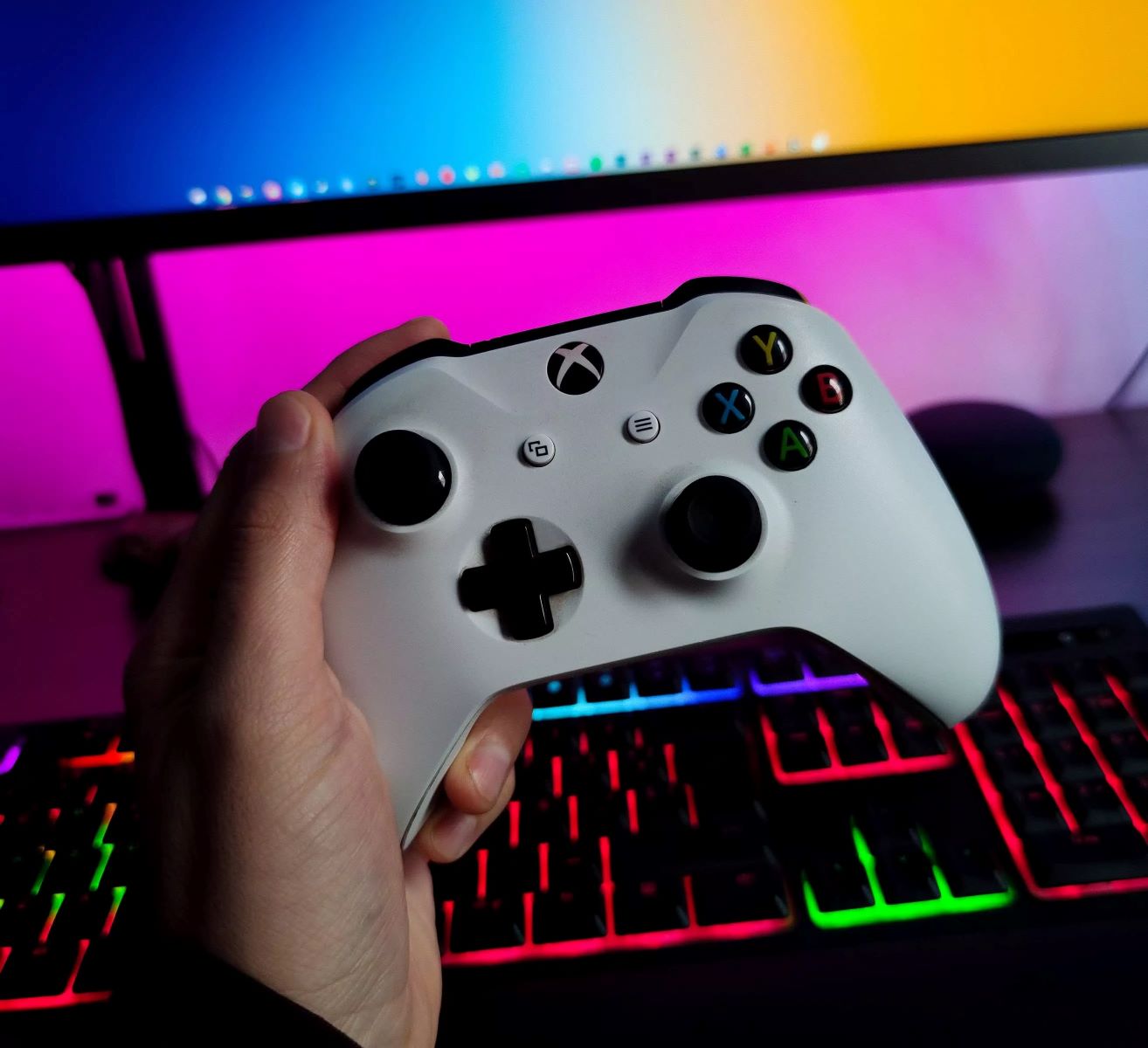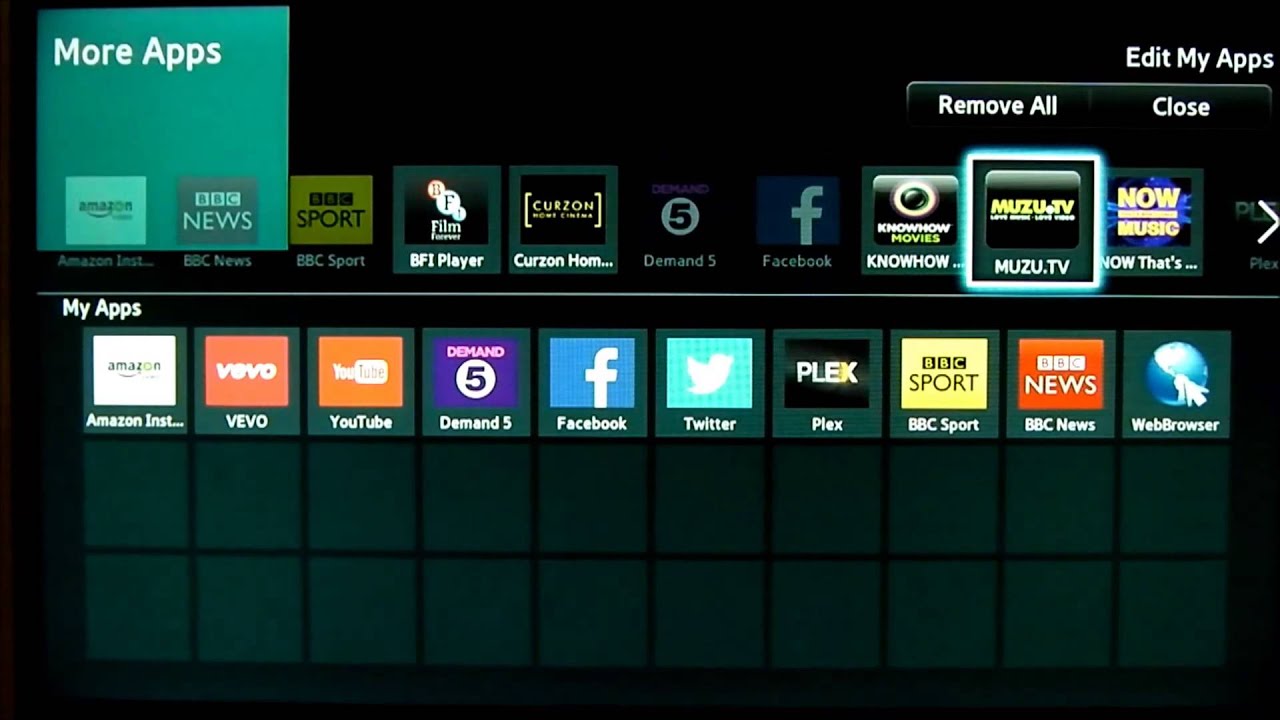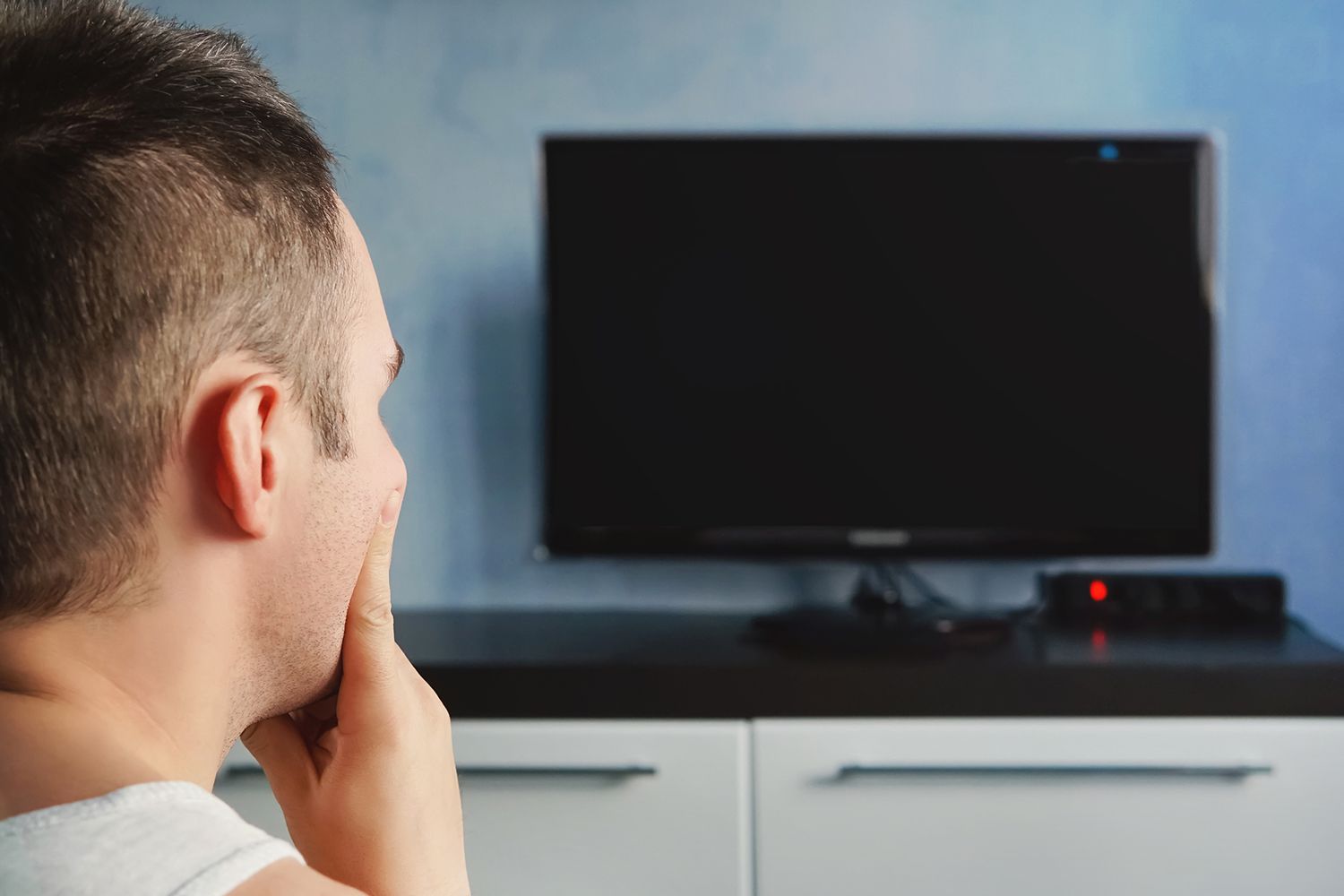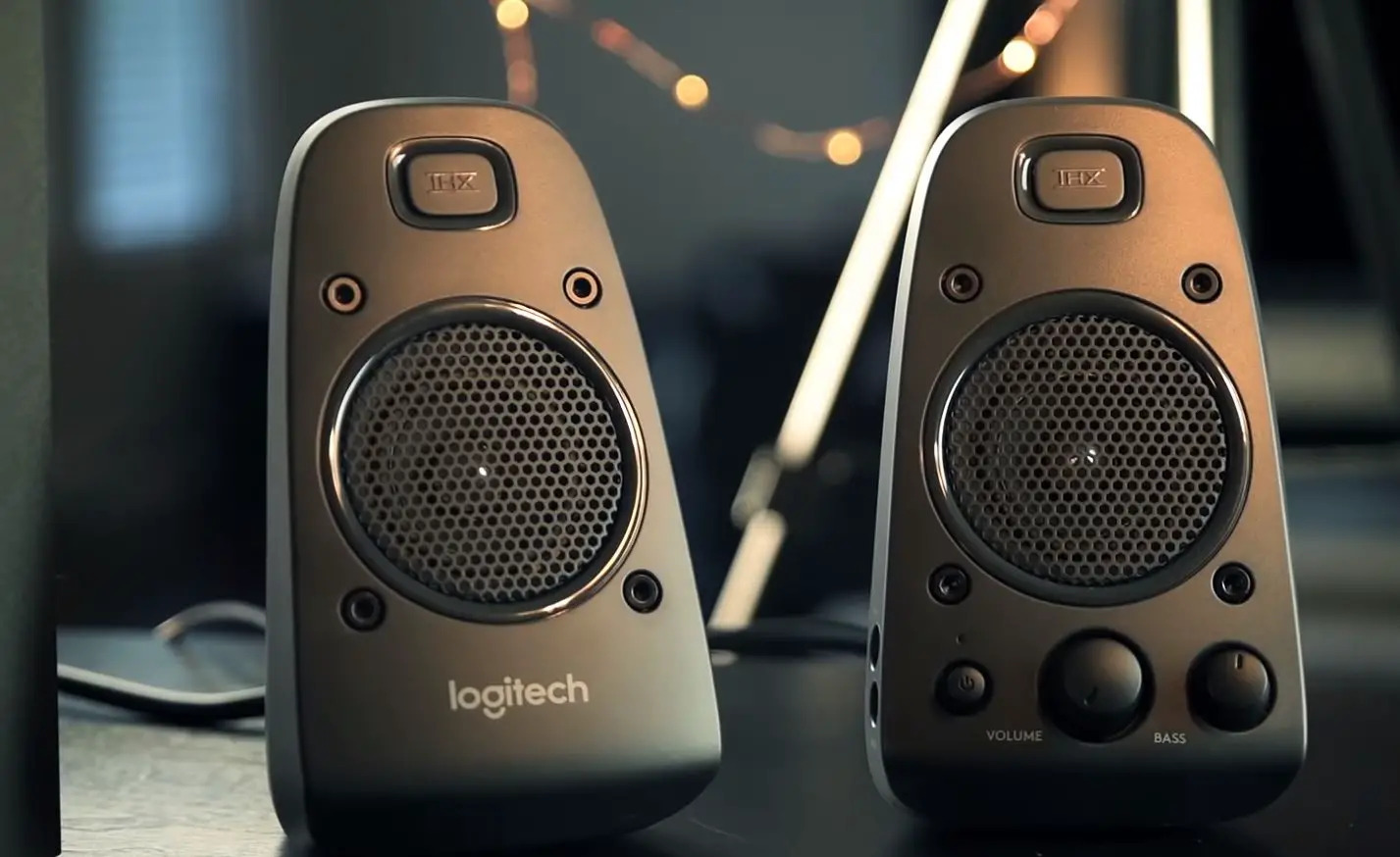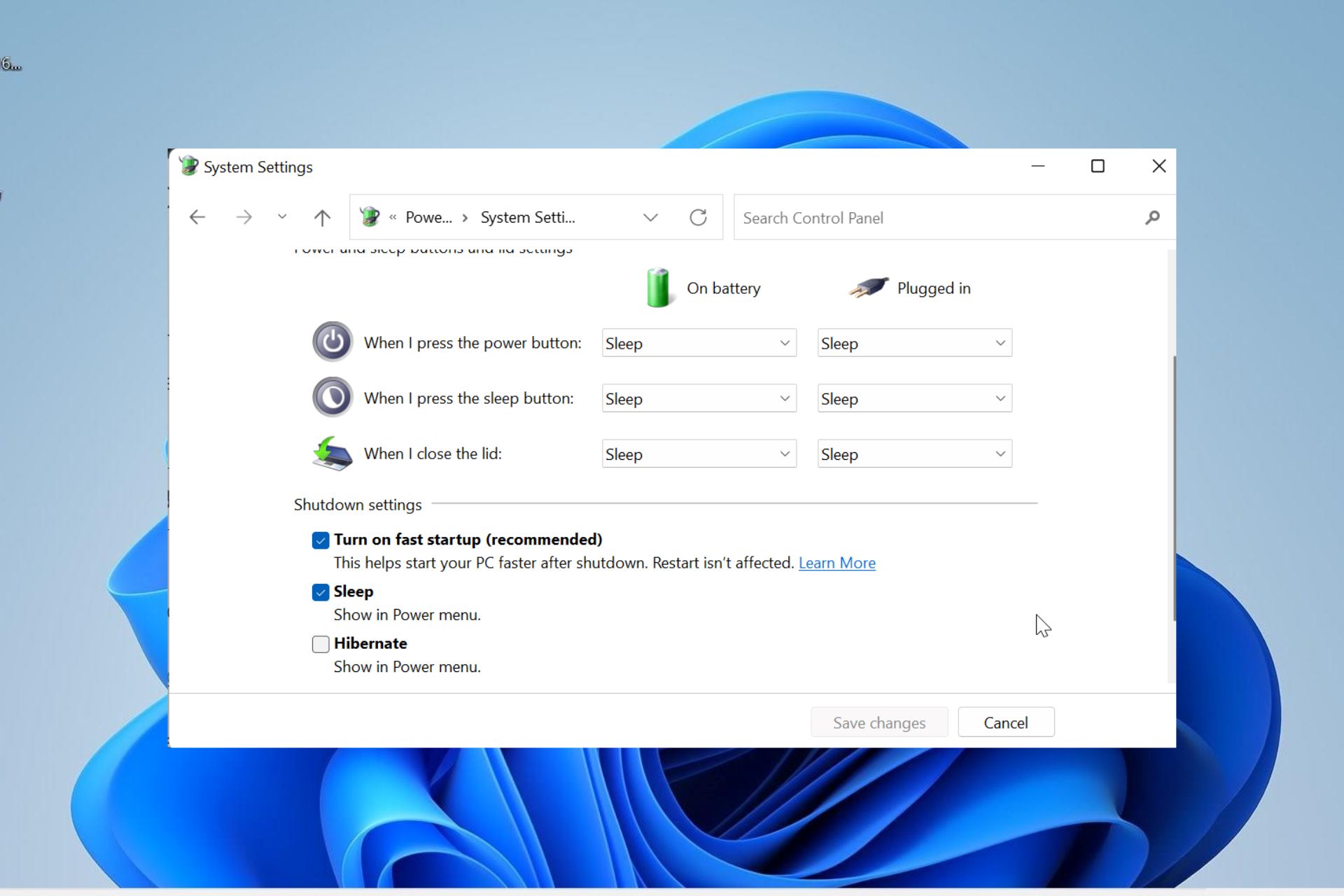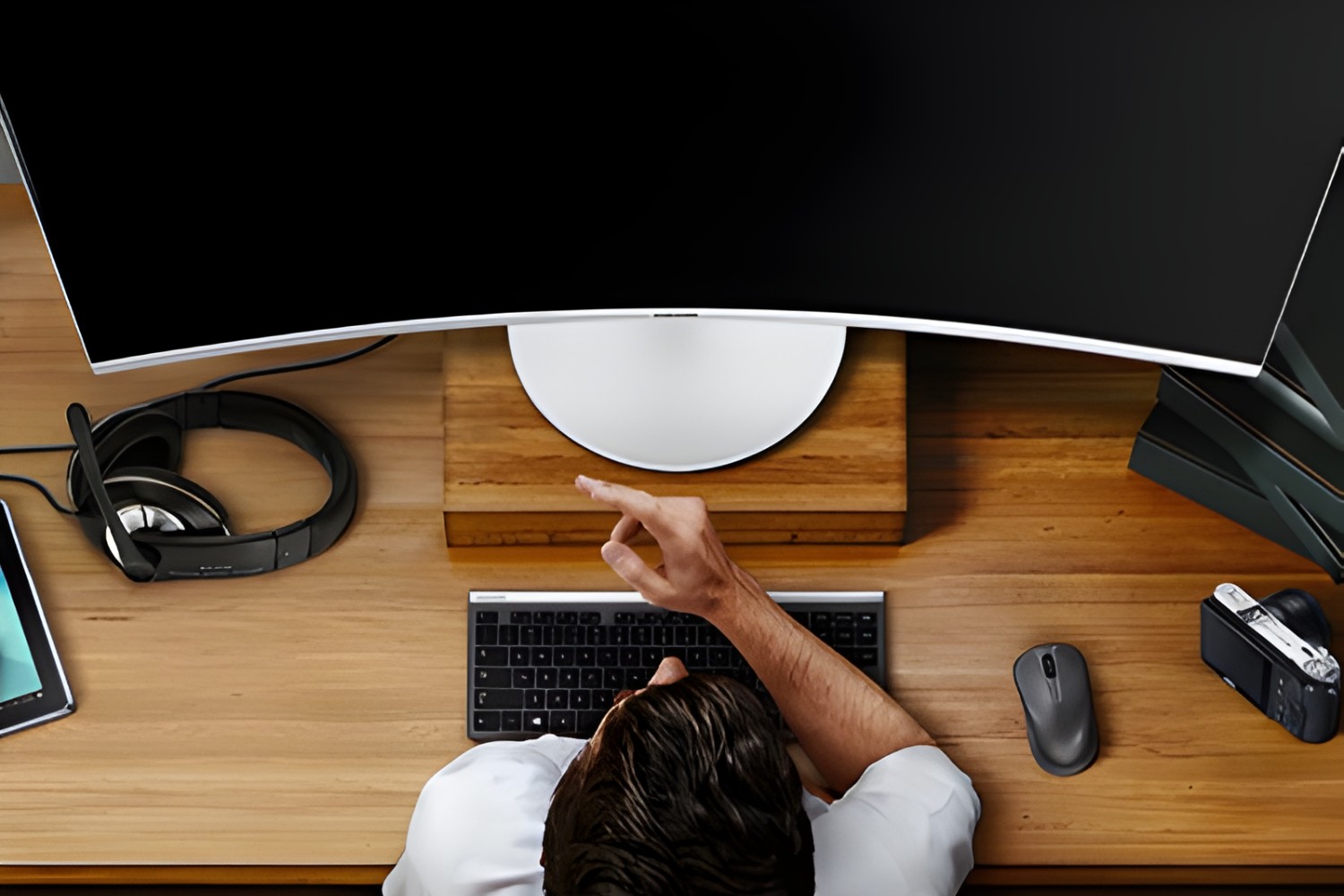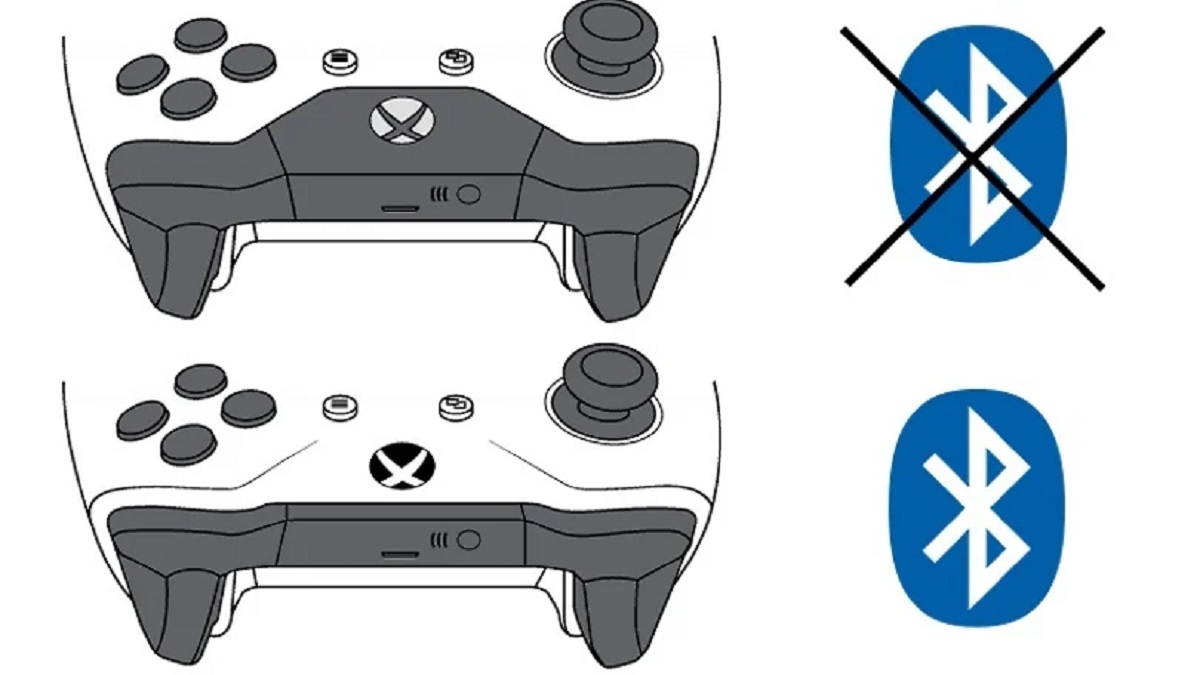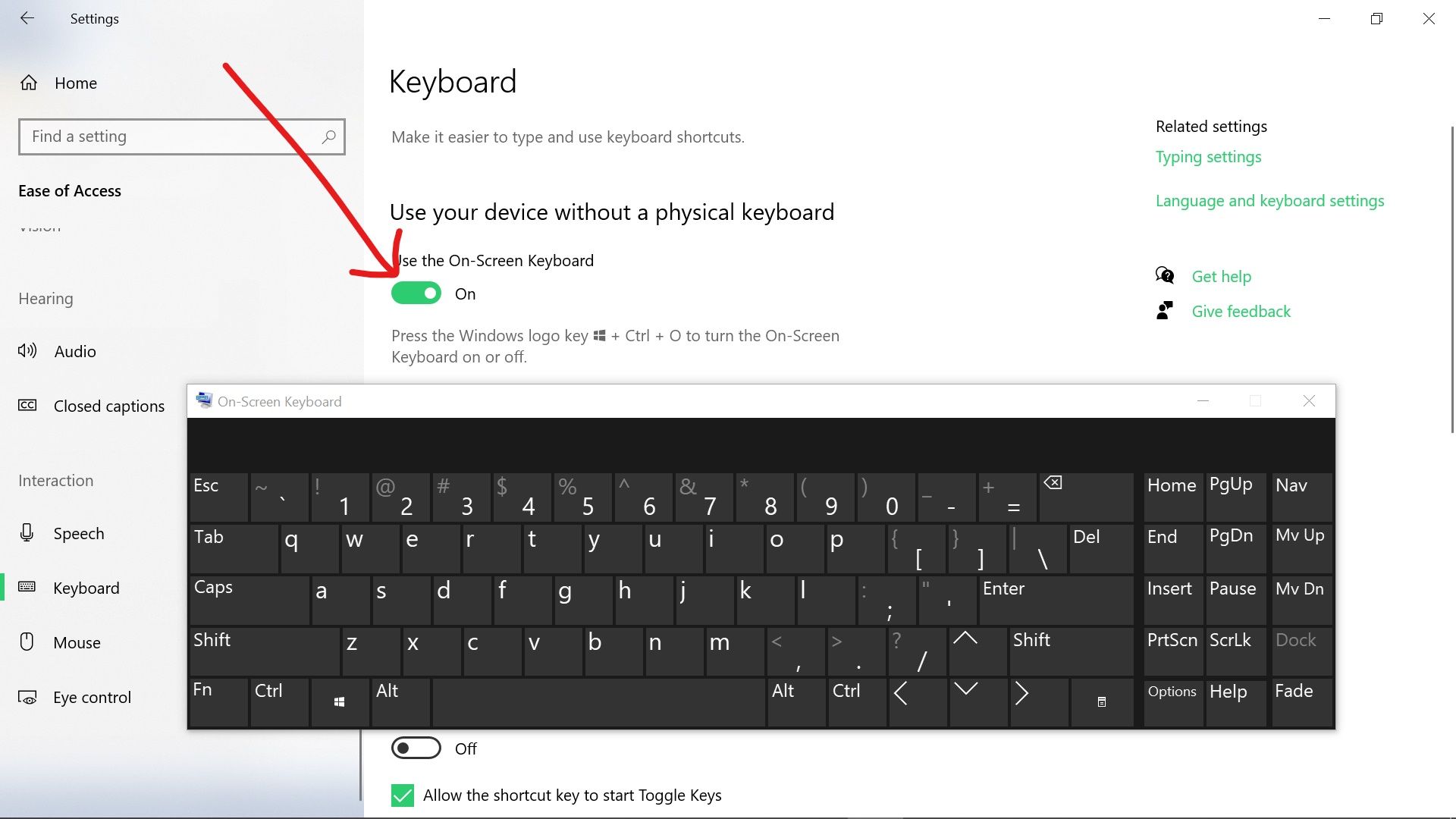Introduction
Understanding the Frustration: Why Your Game Controller Isn’t Working on Your Computer
Are you excited to launch your favorite game on your computer, only to find that your game controller isn't responding as expected? It can be incredibly frustrating when your gaming experience is interrupted by technical issues. Fortunately, there are several common reasons why your game controller may not be functioning properly on your computer. By understanding these potential issues and learning how to troubleshoot them, you can quickly get back to enjoying your gaming sessions without any interruptions.
Navigating the world of gaming peripherals can be daunting, especially when faced with unexpected technical difficulties. Whether you're a seasoned gamer or new to the gaming community, encountering problems with your game controller can be a perplexing experience. From connectivity issues to software compatibility, there are various factors that can contribute to your controller not working as intended. However, with a bit of troubleshooting and an understanding of the common culprits behind these issues, you can resolve the majority of controller-related problems with ease.
In this comprehensive guide, we'll delve into the common reasons why your game controller may not be functioning properly on your computer. From hardware connectivity issues to software compatibility concerns, we'll explore the potential culprits behind your controller woes. Additionally, we'll provide step-by-step troubleshooting tips to help you identify and resolve these issues, allowing you to get back to your gaming adventures without delay.
So, grab your controller, power up your computer, and let's embark on a journey to uncover the reasons behind your controller troubles. By the end of this guide, you'll be equipped with the knowledge and strategies needed to conquer any controller-related challenges that come your way. Let's dive in and unravel the mysteries of game controller compatibility and functionality on your computer.
Common Reasons for Game Controller Issues
When your game controller fails to function as expected on your computer, several common reasons could be at the root of the problem. Understanding these potential causes is crucial for efficiently troubleshooting and resolving the issues. Here are some of the most prevalent reasons why your game controller may be experiencing functionality issues:
- Hardware Connectivity Problems: One of the primary reasons for controller issues is faulty hardware connections. Loose or damaged USB cables, worn-out controller ports, or defective wireless connections can all contribute to connectivity problems, resulting in unresponsive or erratic controller behavior.
- Outdated or Incompatible Device Drivers: Device drivers serve as the communication bridge between your game controller and your computer. Outdated, corrupt, or incompatible drivers can impede the proper functioning of your controller, leading to connectivity issues and unresponsive controls.
- Controller Calibration and Settings: Improperly calibrated controllers or incorrect settings within the game or operating system can cause erratic behavior or unresponsiveness. Issues with dead zones, sensitivity settings, or button mapping can all impact the controller’s performance.
- Software and Game Compatibility: Certain games or software may not fully support all types of game controllers, leading to compatibility issues. Additionally, outdated game versions or conflicting software can hinder the seamless integration of your controller with the game.
By recognizing these common reasons for game controller issues, you can effectively narrow down the potential causes of the problem and proceed with targeted troubleshooting. In the following sections, we will explore each of these factors in detail, providing actionable steps to diagnose and resolve the issues, ensuring that you can swiftly restore your game controller’s functionality and resume your gaming escapades without interruption.
Checking Hardware Connections
Before delving into complex troubleshooting procedures, it’s essential to start with the basics. When encountering issues with your game controller, the first step is to inspect the hardware connections to identify any potential issues that may be impeding the controller’s functionality. Here are the key aspects to consider when checking the hardware connections of your game controller:
- USB Connectivity: If you’re using a wired game controller, ensure that the USB cable is securely connected to both the controller and the USB port on your computer. Inspect the cable for any signs of damage or wear that may be affecting the connection.
- Wireless Connections: For wireless controllers, verify that the batteries are adequately charged and that the wireless receiver is properly connected to your computer. Interference from other wireless devices or low battery levels can lead to connectivity issues.
- Controller Ports: If you’re using a console-style game controller with dedicated ports on your computer, examine the ports for any debris or damage that may be obstructing the connection. Clean the ports if necessary to ensure a secure connection.
Once you’ve inspected the physical connections, attempt to use the controller to gauge its responsiveness. If the controller is still unresponsive or exhibiting erratic behavior, try using a different USB port or swapping out the USB cable to rule out potential issues with the port or cable. Additionally, testing the controller on a different computer can help determine if the issue is specific to your computer or the controller itself.
By meticulously examining the hardware connections and ruling out any physical issues, you can proceed with confidence to explore other potential causes of the controller’s malfunction. In the subsequent sections, we will address software-related factors, including device drivers, calibration settings, and game compatibility, providing comprehensive guidance to help you resolve the issues and restore your game controller to optimal functionality.
Updating Device Drivers
Device drivers play a pivotal role in facilitating seamless communication between your game controller and your computer’s operating system. Outdated, corrupt, or incompatible drivers can significantly impact the performance and functionality of your controller, leading to connectivity issues and unresponsive controls. Therefore, ensuring that your device drivers are up to date is crucial for resolving controller-related issues. Here’s a comprehensive guide to updating your device drivers to optimize your game controller’s functionality:
- Identifying the Controller Model: Begin by identifying the specific model and manufacturer of your game controller. This information is essential for locating the appropriate drivers for your device. You can typically find this information on the controller’s packaging or through the manufacturer’s website.
- Manufacturer’s Website: Visit the official website of the controller’s manufacturer and navigate to the support or downloads section. Look for the latest driver updates specifically tailored to your controller model and the operating system of your computer.
- Automatic Driver Update Tools: Alternatively, you can utilize automatic driver update tools provided by the operating system or reputable third-party software. These tools can scan your system for outdated drivers and automatically download and install the latest versions for your game controller.
- Windows Update: If you’re using a Windows-based computer, Windows Update may offer driver updates for your game controller. Check for available updates through the Windows Update settings to ensure that your device drivers are current.
After updating the device drivers, restart your computer to apply the changes and then test the functionality of your game controller. If the controller exhibits improved responsiveness and seamless integration with your games, the driver update likely resolved the issues. However, if the problems persist, consider reinstalling the updated drivers or seeking further assistance from the controller’s manufacturer or support forums.
By keeping your device drivers up to date, you can mitigate potential compatibility issues and ensure that your game controller operates optimally with your computer. In the subsequent sections, we’ll explore additional troubleshooting steps to address controller calibration, software compatibility, and other factors that may impact your gaming experience.
Troubleshooting Controller Settings
Ensuring that your game controller is properly calibrated and configured within the game and operating system settings is essential for optimizing its performance and responsiveness. Incorrect settings or calibration issues can lead to unresponsive controls, erratic behavior, or a lack of button recognition. To troubleshoot and rectify these potential issues, consider the following steps:
- Game-Specific Settings: Many games offer dedicated settings for configuring game controllers. Access the game’s settings or options menu and navigate to the controller or input section. Verify that the controller is recognized and properly configured within the game’s settings. Additionally, ensure that any button mapping or sensitivity adjustments align with your preferences.
- Operating System Calibration: In some cases, recalibrating the controller within the operating system settings can resolve issues related to sensitivity and dead zones. On Windows-based systems, navigate to the Control Panel or Settings and access the Devices or Controllers section to calibrate and adjust the settings for your game controller.
- Controller-Specific Software: Certain game controllers may come with proprietary software that allows for advanced customization and calibration. Install and utilize the provided software to fine-tune the controller’s settings, including button mapping, sensitivity adjustments, and firmware updates.
After adjusting the controller settings, launch a game or software application that utilizes the controller and test its responsiveness. Verify that the controls function as intended and that any calibration or configuration changes have effectively addressed the previous issues. If the controller continues to exhibit problems, consider reverting to default settings or consulting the controller’s user manual for specific troubleshooting guidance.
By meticulously troubleshooting and optimizing the controller settings, you can enhance the overall gaming experience and ensure that your game controller operates seamlessly with your computer. In the subsequent sections, we’ll delve into potential compatibility issues with games and software, providing insights and solutions to further enhance your gaming setup.
Compatibility Issues with Games
Compatibility problems between game controllers and specific games or software can significantly impact the seamless integration and functionality of the controller. Certain games may not fully support all types of game controllers, leading to issues such as unresponsive controls, erratic behavior, or a complete lack of recognition. To address compatibility issues and optimize the performance of your game controller, consider the following strategies:
- Game Controller Support: Before launching a game, verify whether the specific title supports your game controller. Check the game’s official website, community forums, or support documentation to determine if your controller model is compatible with the game. Additionally, look for any available patches or updates that may enhance controller support.
- Input Settings within Games: Access the input or controller settings within the game to ensure that your controller is recognized and properly configured. Some games may require manual mapping of buttons or adjustments to sensitivity settings to optimize the controller’s functionality.
- Third-Party Software Solutions: In cases where a game lacks native support for your controller, consider exploring third-party software solutions designed to bridge the gap between unsupported controllers and games. These software tools can emulate keyboard and mouse inputs, effectively translating them to controller commands within the game.
If you encounter persistent compatibility issues with a specific game, consider reaching out to the game’s developers or community support channels for assistance. Providing detailed information about your controller model and the specific issues you’re experiencing can aid in identifying potential solutions or workarounds. Additionally, community forums and online discussions may offer insights from other players who have encountered and resolved similar compatibility challenges.
By addressing compatibility issues and ensuring that your game controller is fully supported by the games you intend to play, you can optimize your gaming experience and enjoy seamless controller functionality across a variety of gaming titles. In the subsequent sections, we’ll summarize the key troubleshooting steps and strategies discussed, providing a comprehensive overview of the measures you can take to resolve game controller issues on your computer.
Conclusion
Encountering issues with your game controller on your computer can be a frustrating experience, disrupting your gaming sessions and hindering your overall enjoyment. However, by understanding the common reasons behind controller malfunctions and employing targeted troubleshooting strategies, you can swiftly address these issues and restore optimal functionality to your game controller.
From checking hardware connections to updating device drivers and troubleshooting controller settings, we’ve explored a range of comprehensive solutions to address the most prevalent issues that may arise. By meticulously inspecting the physical connections, ensuring that device drivers are up to date, and optimizing the controller’s settings within games and the operating system, you can effectively mitigate potential problems and enhance the performance of your game controller.
Furthermore, addressing compatibility issues with games and software is crucial for ensuring seamless integration and functionality of your game controller across a diverse range of gaming titles. By verifying controller support, adjusting input settings within games, and exploring third-party software solutions, you can overcome compatibility challenges and optimize your gaming experience.
Ultimately, by implementing the troubleshooting steps and strategies outlined in this guide, you can navigate the complexities of game controller compatibility and functionality on your computer with confidence. Whether you’re a dedicated gamer or a casual player, resolving controller issues empowers you to immerse yourself fully in your gaming adventures, free from the interruptions caused by technical setbacks.
Armed with the knowledge and insights provided in this guide, you are well-equipped to tackle any game controller-related challenges that may arise, ensuring that your gaming experiences remain seamless, enjoyable, and devoid of technical hindrances. Embrace the world of gaming with confidence, knowing that you have the expertise to troubleshoot and resolve game controller issues effectively.







